How to master your synths: "If you really want to get to know a synth, the best thing you can do is read the manual, test out each element and get a feel for how each feature affects the sound"
Let’s go beyond basic oscillators and simple modulation, to explore the more esoteric, adventurous sides of synth sound design
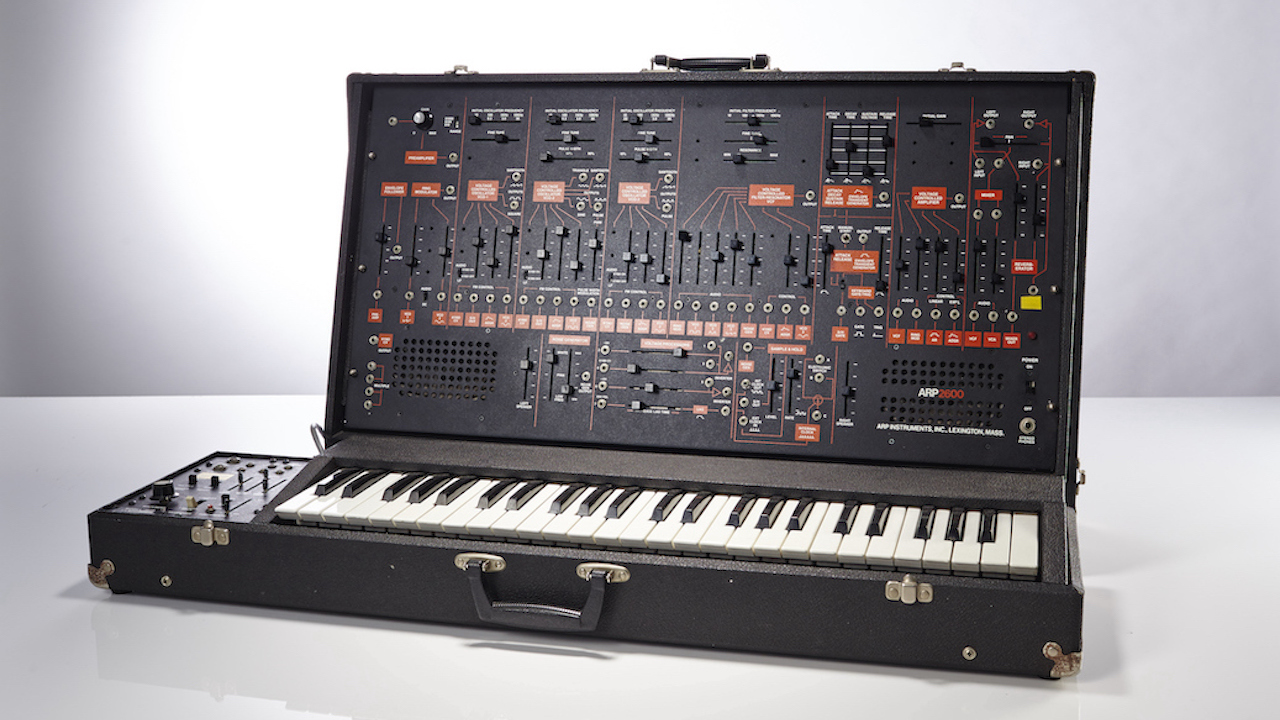
Synths don’t need to be complex things. Classic instruments such as Roland’s Juno-6 or SH-101, or even the Minimoog Model D, are all fairly straightforward instruments, comprised of a simple combination of oscillators, filters and modulators that most users could get to grips with after a few simple tutorials and a couple of hours of experimentation.
In 2023 though, technology has opened multiple new avenues for sound design. Synths are getting more complex, both in the hardware and software realms. While the classic setup of those analogue instruments still provides the cornerstone of a lot of modern instrument designs, it’s common for even budget-friendly synths to add in additional complexity, through advanced features or expanded options. While a basic understanding of oscillators and filters will still get you going, it won’t be long before newbie synthesists encounter more advanced and alien concepts like audio rate modulation, logic-based processors or CV patch points.
It’s these realms we want to delve into in this article. We’re going to assume a basic level of knowledge. Let’s skip over the basics of how to program a simple synth patch, and instead explore the more advanced elements of synth design. While we hope to give you a grounding in some of these concepts, if you really want to master a specific synth, the best thing you can do is read the manual, test out each individual element and get a feel for how each feature affects the sound.
Oscillator shaping – beyond sines and squares
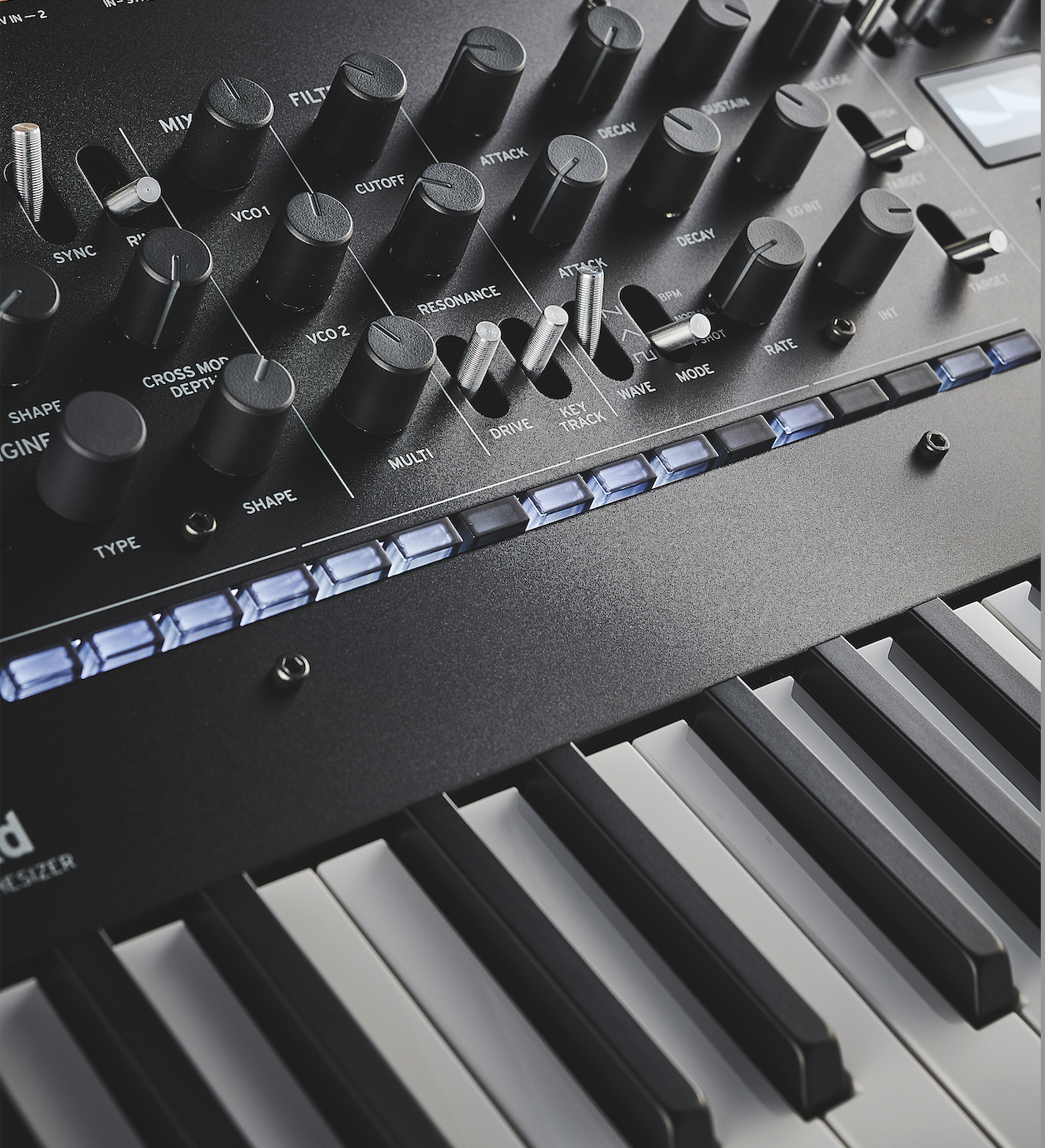
Synthesisers come in many shapes and sizes, but for the most part they share a few fundamental similarities. All synths start with some kind of sound generator, usually called an oscillator, the raw sound of which is then manipulated using some arrangement of filters, amplifiers and modulators.
A basic understanding of what an oscillator, filter, LFO and envelope is, and how each element affects the others, should be enough to broadly shape sounds with most hardware or software synths. Aside from the most straightforward analogue synths though, most instruments will offer some variation on these basic elements, which is usually where the distinctive character of each synth lies.
Analogue-style oscillators, for example, generally offer the same set of waveshapes as standard – saw, square, triangle and sine – but often include features that allow these to be morphed into more unconventional shapes.
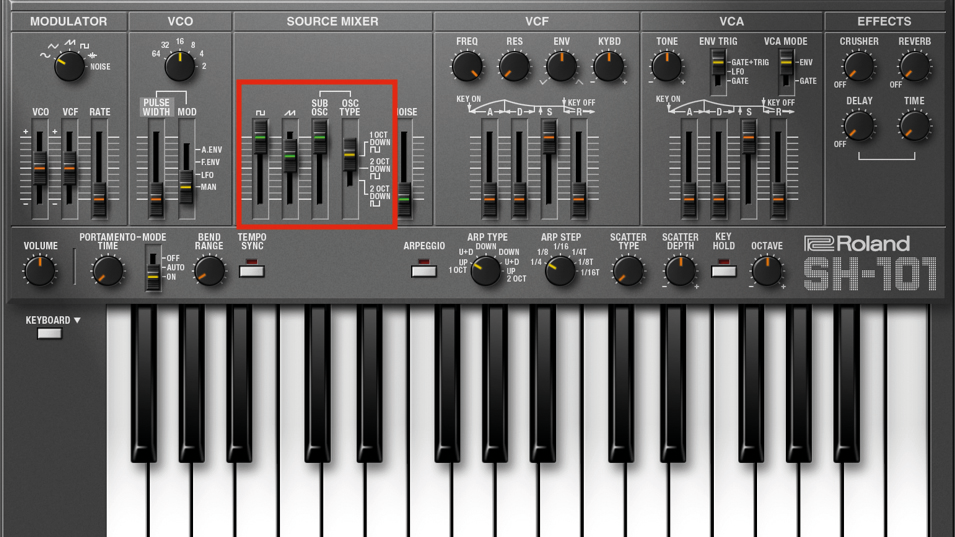
How to create a PWM synth bass patch on a virtual Roland SH-101
The most common example of such is pulse-width modulation (PWM) applied to a square wave oscillator. The cycle of a square wave has an equal balance of maximum (on) and minimum (off) voltage. Adjusting the pulse width changes this balance between the on and off elements, which has a significant effect on the harmonic qualities of the sound produced. Pulse-width modulation allows this to be controlled, often by an LFO, resulting in a shifting timbral quality with a phasing-like effect, reminiscent of bowed string instruments.
Want all the hottest music and gear news, reviews, deals, features and more, direct to your inbox? Sign up here.
Other oscillator effects might include cross modulation, which allow for one oscillator to modulate characteristics such as the frequency, phase or amplitude of another. The key difference between this and more conventional modulation from an LFO is that an oscillator will operate at audible frequencies, meaning it will alter the harmonic content of the destination oscillator.
Filters remove frequency content past a defined cutoff point, while the amp raises and lowers the amplitude of the sound to create a volume contour
In the case of a subtractive synth – ie, most analogue-style designs – most elements of the engine are there to remove portions of the raw oscillator sound. Filters remove frequency content past a defined cutoff point, while the amp raises and lowers the amplitude of the sound to create a volume contour. Features like PWM and audio-rate modulation are important as they allow the user to add complexity to the raw sound of an oscillator – adding to tonal character in a way that isn’t possible using these other subtractive elements.
When experimenting with these tools, you’ll quickly discover that some are more harmonically pleasing than others. Ring modulation, for example, which uses amplitude modulation to multiply the output of two waveforms, has a very metallic and harsh quality, which can sound great in small doses but unpleasant when overdone.
Frequency modulation, meanwhile, can be applied in two forms – exponential, which is commonly used on analogue synths, and linear, which is more associated with digital FM. The difference between the two lies in how the relationship between the modulation source and destination changes along with pitch. Without going into the ins-and-outs of the two, linear is generally more musically pleasing, while exponential can be much harsher-sounding.
These examples are all still fairly basic in the context of modern synthesisers. For now we’ve focused on standard analogue oscillators. As we’ll see on the coming pages, digital synths and more unconventional – so-called ‘West Coast’ – instruments often feature oscillators that go far beyond this.
Five advanced modulation tools explained
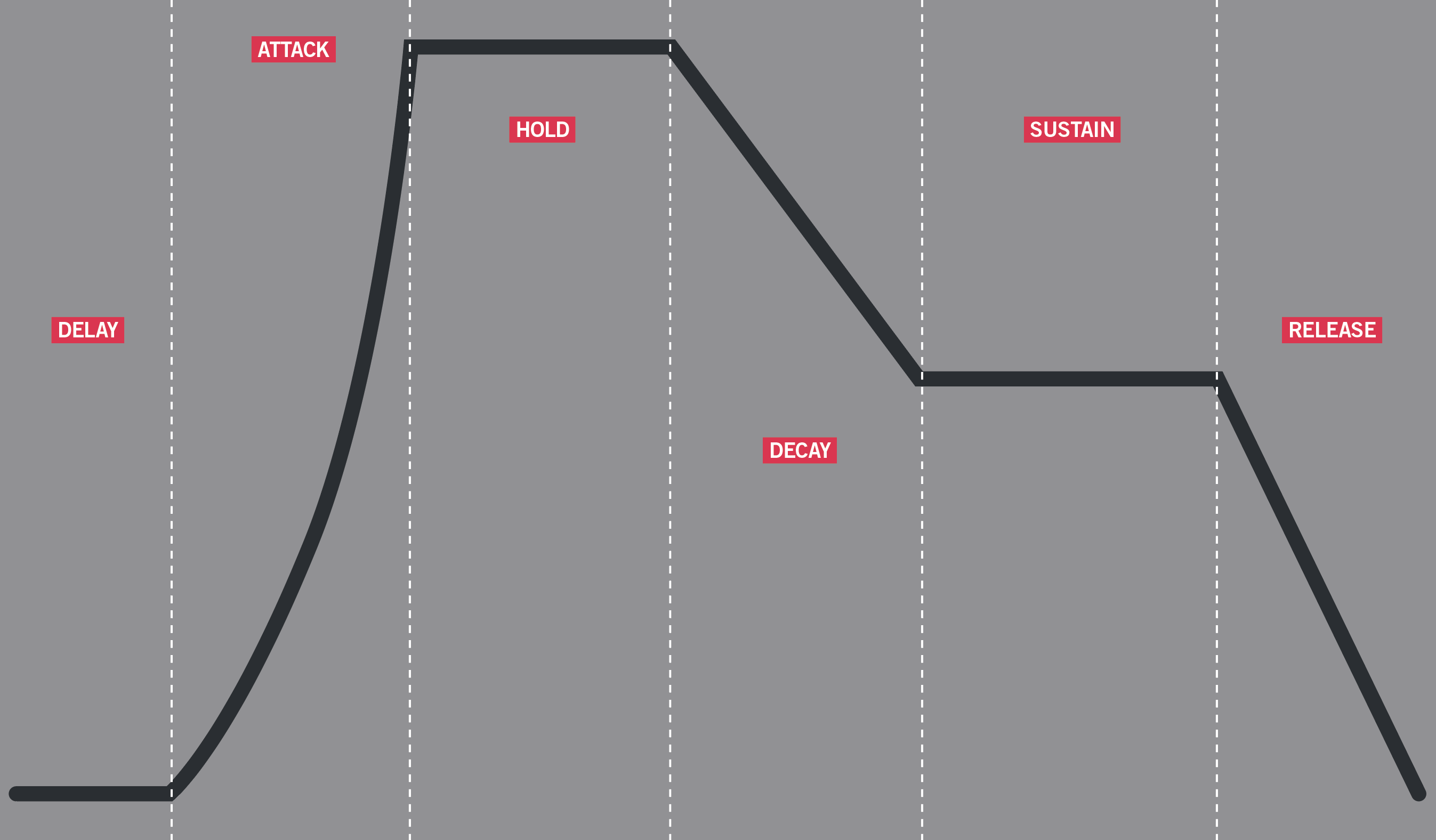
1. Beyond ADSR
Attack, decay, sustain and release stages are fairly standard fare for envelope shapers, but many synths offer additional parameters that go beyond these. Some envelopes will also add a ‘hold’ stage into the mix. This usually sits directly between the attack and decay stages of an envelope, allowing the user to dictate a length of time between when the envelope output reaches its peak at the end of the attack and when it begins to decrease through the decay stage to reach the sustain level.
This can be handy for creating patches such as long, held pads, allowing for more flexibility on the modulation across the course of a long, sustained note. Another addition you may come across is a delay stage, which allows for a timing delay to be set before the envelope enters its attack stage, allowing for a gap between when a note is triggered and the modulation begins. Beyond this, modern digital envelopes often have some form of contour control, which can be used to adjust the shape and rate of an individual stage, eg, changing a linear attack stage into an exponential curve.
2. Retriggering
A common envelope feature is some form of retrigger option. This will dictate the conditions under which an envelope reactivates from its start point. A legato trigger option means when two notes are played without a gap between them, an envelope will hold at its sustain stage rather than returning to the start of the attack stage when the new note is played.
This is handy if you want to smoothly transition between notes on a keyboard without retriggering modulation of filter cutoff or the amp envelope. Similarly, it’s not rare to find synth envelopes with a looping option. When activated this will cause an envelope to return to its start point as soon as it reaches the end, effectively making it function more like an LFO, albeit with deeper control over the shape of each stage.
3. Sample and hold?
LFOs often feature a sample & hold function, usually configured to work as a random modulator. Sample & hold works by taking a snapshot (sample) of an incoming signal and holding that value in order to create a stepped output. In LFO terms, the S&H input is usually a noise source, offering random values, resulting in a stepped output alternating between different random values at intervals set by the rate.
Sample & hold doesn’t always need to be random though; in the modular world, a S&H utility might be fed by any number of sources in order to create stepped versions of their output. For example, feeding a sine into the input will result in a more predictable, vaguely sine-shaped output of steps.
4. Modulation modifiers
Synth modulation is often a straightforward cause and effect; a modulation source controls the level of a destination parameter, perhaps with a depth control altering the range of that modulation. Many digital and software synths let the user modify this relationship by incorporating additional modulation sources. The most obvious example of this is using a secondary source to alter the depth of a routing.
For example, route an LFO to affect filter cutoff, and then assign a mod wheel or keyboard aftertouch to control the depth of that modulation. Modern synths often allow for more complex combinations of sources though. Particularly when using slow-moving LFOs, this is great for creating subtle sound changes that drift unpredictably over time.
5. LFO shaping
Most synth LFOs offer a similar array of classic waveshapes, but it’s more and more common for instruments to include the ability to create new shapes from scratch. An example is the custom LFO modes found on contemporary Roland synths, which let the user create a step-sequencer pattern that can function as a custom LFO.
Particularly for slower modulation these let the user be much more precise with modulation patterns. An alternative take is that found in Ableton Live’s new synth Meld, which features LFO effect modules that can process the output of an LFO as if it were an audio signal, which can vastly add to the complexity of the modulation shape.
Semi-modular patching and complex modulation

Most electronic musicians will be familiar with the basic differences between modular and non-modular synths, but there’s a whole spectrum of semi-modular and flexible designs between these poles, and it’s worth considering the possibilities these offer. First, let’s recap the basics: most mass-market synths from the late-’70s on have been what we’d describe as non-modular instruments.
These come with a pre-wired signal path – typically oscillators hard-wired into a filter then an amp – meaning they’re fully self-contained. Obvious examples include instruments like Moog’s Minimoog Model D, Roland’s Junos and Jupiters or Sequential’s Prophet-5.
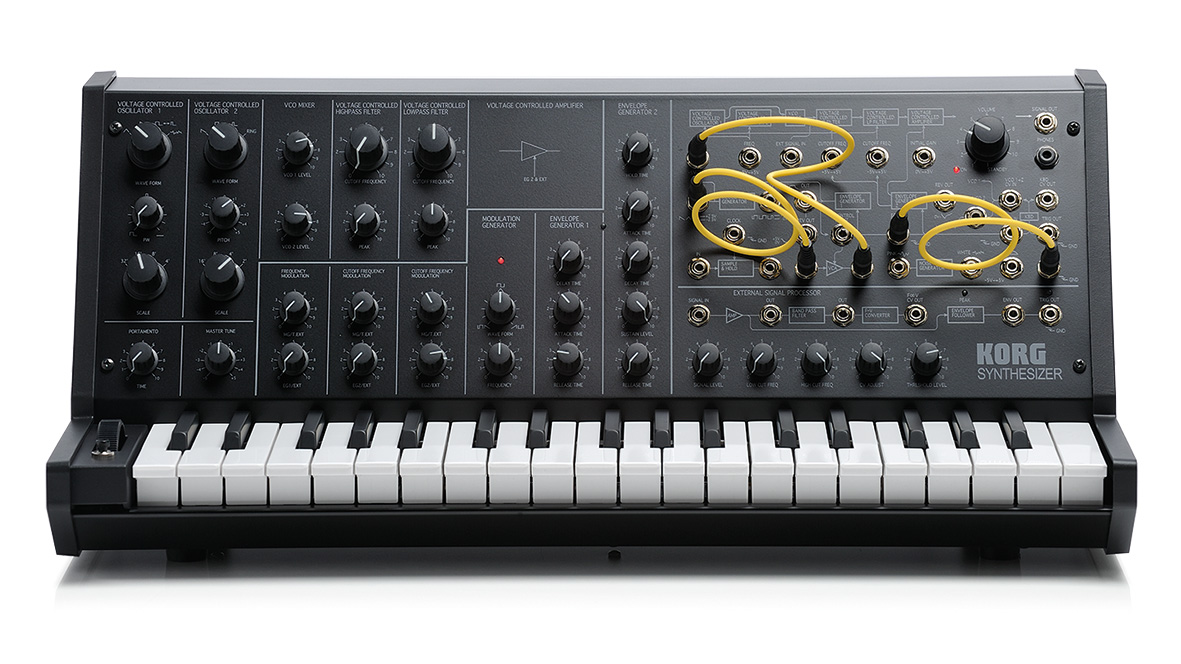
The opposite of this, in design terms, is a modular synth, which is completely customisable and requires the user to create its signal path. The user chooses any number of arbitrary oscillators, filters, modulators, and processing modules that can be swapped out at will and be patched in any way the user sees fit. Lacking the immediacy of non-modular synths, a true modular system takes time and skill to build, connect and use with competency – but the rewards are unlimited expansion and potentially endless sonic exploration.
Between these two poles sit semi-modular synths. At a basic level, a semi-modular synth is a self-contained ‘voice’ composed of a collection of prewired (or ‘normalled’) modules. Examples include Korg’s MS-20, Moog’s Grandmother and Arturia’s MiniBrute 2. Fundamentally, these are standalone instruments in their own right, but they also provide additional connectivity via some kind of patchbay.
This allows the user to either rewire their pre-normalled connections to other destinations within the synth itself, incorporate signals from other sources such as semi- and full-modular synths, or even other external sequencers and signal generators.
In reality, thanks to the flexibility of contemporary synth design, a lot of modern ‘non-modular’ synths offer some semi-modular style flexibility. Digital synths with complex mod matrices, like Korg’s Modwave and Opsix or Arturia’s MiniFreak, might not allow you to reorder the audio signal path, but do provide an extensive range of modulation sources that can be freely assigned to one or more destinations within the synth engine. This lets users play with unusual modulation relationships that can push the synth beyond the modulation routings envisioned by its designers.
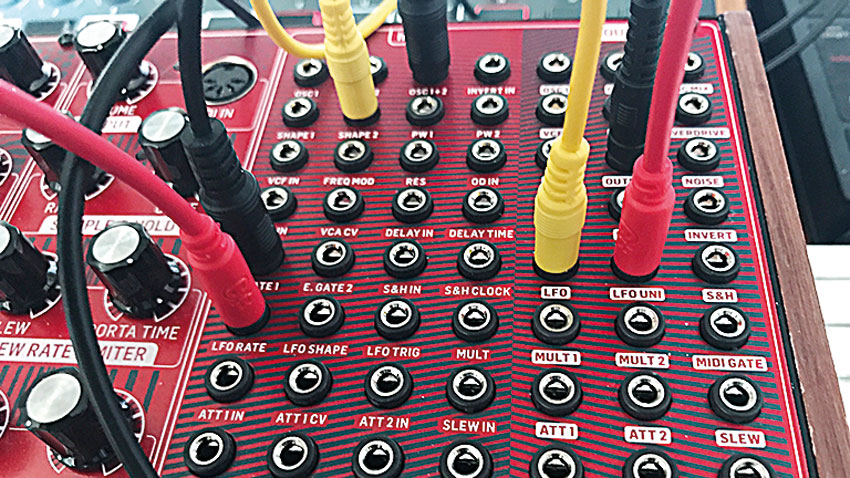
Best semi-modular synths 2024: Our guide to the finest Eurorack modular-friendly analogue and digital hardware
Similarly, some modern synths allow the user to alter the arrangement of filters and effects, for example, swapping between parallel or serial routings or changing effects from ‘send’ to ‘insert’ configurations. Doing so can have a massive effect on the overall sound of a synth’s output, allowing the user to experiment with processing one effect’s output with another, or filtering out frequencies before or after applying other effects.
The key difference between this kind of digital ‘internal patching’ and the more traditional analogue approach offered by semi-modular synths is that patches can’t be made to/from external gear. Even this is not a hard and fast rule though: basic CV ins and outs are common on many modern synths, and software such as Ableton Live or Bitwig Studio allows CV and MIDI CC messages to be used side-by-side to send complex control messages in and out of an instrument. Combined with an audio input – another common synth feature – this means that even synths that aren’t obviously designed as semi-modular can, to an extent, be treated as such.
Decoding the language of CV and triggers

To harness the power of patchable synths, you’ll need to become fluent in the languages these musical devices use to communicate. A standalone analogue synth’s individual sections will be prewired under the hood: turn a knob to alter a particular voltage and change the resulting sound. The individual modules that make up a modular system, however, must be patched together with cables, in order to make those electrical connections manually. These analogue signals are known as control voltages, or CV.
A semi-modular synth is the middleman between standalone synths and an all-out modular rig
Again, a semi-modular synth is the middleman between standalone synths and an all-out modular rig. On the face of it, one can act as a ‘regular’ standalone synth: all of its connections are ‘normalled’ by default, so you can make sounds immediately, no patching required. It’s the inclusion of a patchbay that sways the instrument towards the modular world. Grab a fistful of patch cables, make new connections in that patchbay, and you’ll break those default routings to make new ones internally. Or, to go further, shuttle those CV signals to and from a proper modular system, or even other semi-modular synths.
Put simply, modules output control voltage pitch and/or gate data, and other modules can receive that data. Unlike the universal protocol of MIDI, which triggers synths polyphonically and transmits multiple messages with ease, a single stream of control voltage data is monophonic. Plus, CV signals aren’t standardised from manufacturer to manufacturer.
The more common implementation – invented by Bob Moog – is the linear standard of volts per octave (V/oct) whereby an increase in one volt results in a pitch jump of one octave; hertz per volt (Hz/V), meanwhile, as used by many older Korg and Yamaha synths, uses a method where a doubling in volts equals an increase in one octave. Without getting too bogged down in details, you need to know which CV standard each of your instruments sends and receives, to ensure they talk the same ‘language’.
Aside from ‘pitch’ CV, modular and semi-modular systems also use other voltage types for general ‘go’ and ‘stop’ messages, known as gate and trigger signals. Imagine a keyboard sending out on/off data to an amplifier module: its voltage is at zero when no note is pressed, and its voltage jumps up to max level (say, 10v) when a note is pressed; let go of the key, and the voltage resets back to zero.
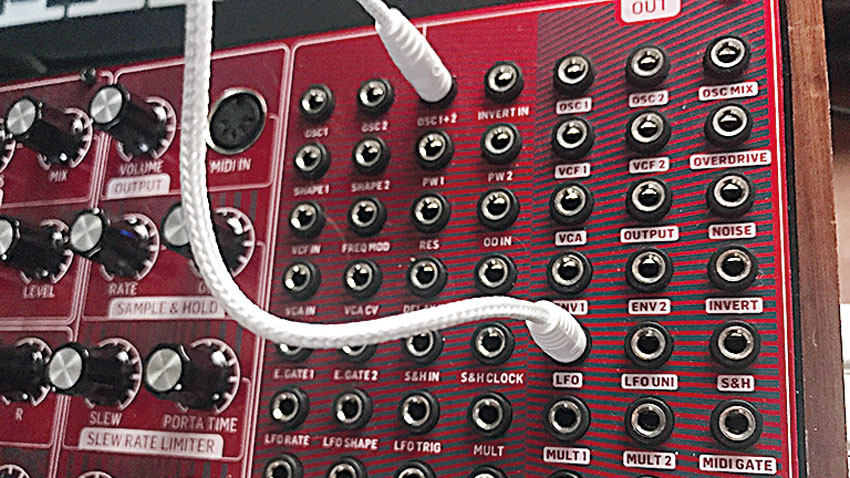
What are CV, Gate and Triggers, and how do they relate to semi-modular synthesis?
A trigger signal, meanwhile, is like the square-shaped gate signal, except it’s simply a short-duration spike in voltage. In the modular world, gate and trigger signals are used to trigger drum machines, restart clocks, reset sequencers and so on. As these are essentially just square-shaped voltages, any square wave signal can act as this basic ‘on/off’ message – to, say, send out a short, sharp rimshot sound from a drum machine to retrigger a synth’s sequencer and keep the two instruments in time.
Once you’ve figured out CV, you can explore. Let’s take Arturia’s MiniBrute 2, a semi-modular analogue monosynth with a 48-point patchbay. In its default state, the synth’s four-stage ADSR envelope governs filter modulation, the two-stage looping AD envelope affects amplitude, while LFOs 1 and 2 are hardwired to various sections; the blue text on a parameter indicates these default connections.
But, by patching modulators’ outputs into different patchbay inputs, you can make fresh connections. Need more control over amplitude shape? Rewire those two envelopes and use the ADSR to shape volume! Want to increase a parameter value as you play higher up? Simple: patch the KBD output into said parameter’s input. This kind of rewiring can open more doors for creative sound design.
Patch utilities – how to control the level of a CV signal
Utilities allow for control over the levels of routing signals in modular and semi-modular gear. The most common example of these is an attenuator. For example, if we patch the physical output of an LFO to control filter cutoff, we can now modulate that filter frequency with the LFO. Simple! However, unlike regular mod matrix patching, we have no control over the amount or depth of modulation – the LFO is constantly at max strength. Handily, this is where CV attenuation comes into play, which can be used as an intermediary ‘level amount’.
By patching the LFO’s output into an attenuator’s input, then patching the attenuator’s output into that cutoff input, we can now use the attenuator knob to increase or decrease the LFO’s influence over cutoff modulation. Attenuation is useful for controlling the level of any CV signal, but it’s only one example of a patch utility. Let’s look at three other common examples.
Mult
A Mult module or utility is a simple device designed to split an incoming signal into multiple outputs. This allows a single audio or control signal to be routed to several destinations at once – for example, using a single LFO to modulate multiple synth parameters.
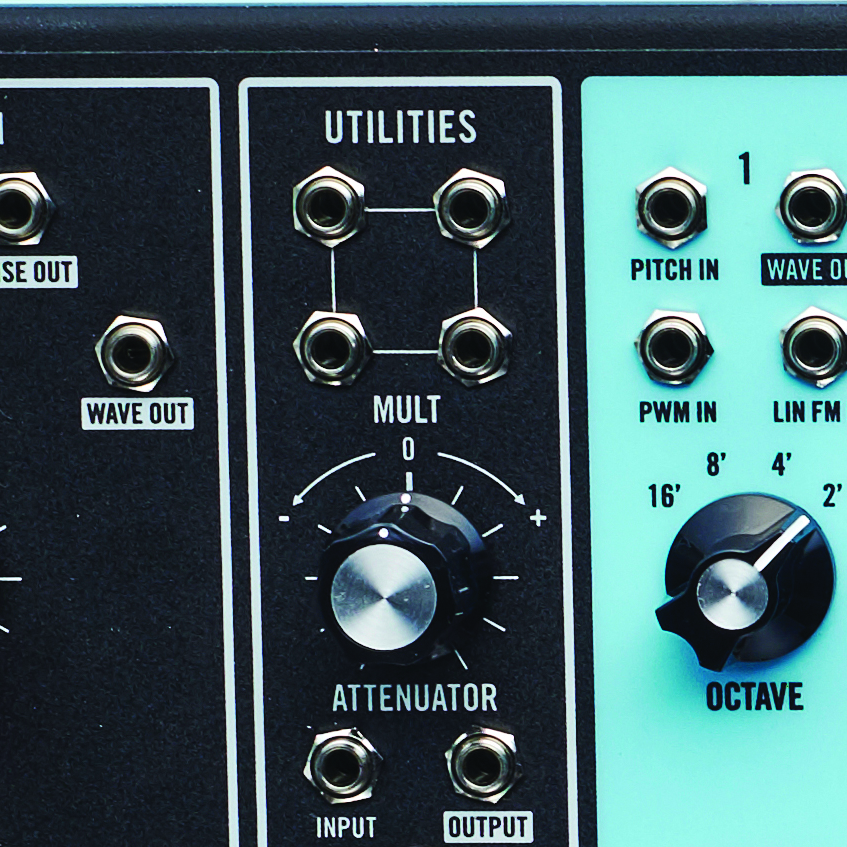
Inverter
An inverter is a simple tool that does exactly what it sounds like – inverts the incoming signal. For example, sending a rising saw wave signal into an inverter will turn it into a falling saw wave. Inverters are often combined with attenuators, which is known as an Attenuverter.
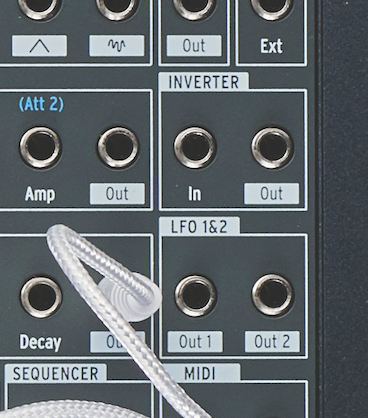
Maths and logic
Maths and logic modules are a broad genre of tools designed to do things like multiply, divide and transform signals based on algorithms or logical conditions. You’ll find these in places like Bitwig Studio’s Grid and Eurorack modules like Make Noise Maths.
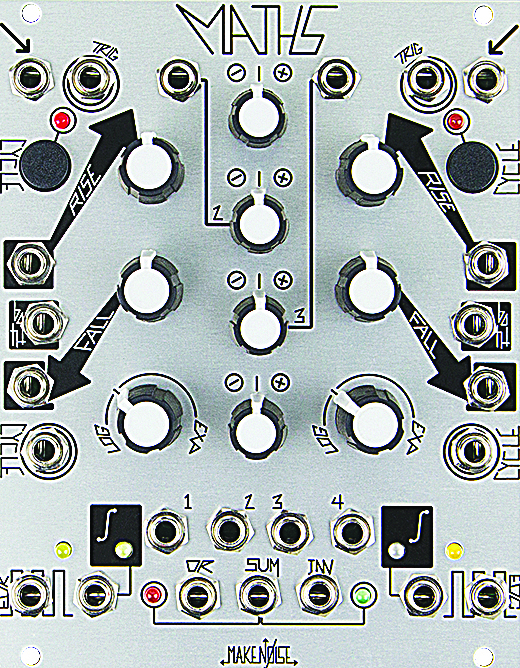
Future Music is the number one magazine for today's producers. Packed with technique and technology we'll help you make great new music. All-access artist interviews, in-depth gear reviews, essential production tutorials and much more. Every marvellous monthly edition features reliable reviews of the latest and greatest hardware and software technology and techniques, unparalleled advice, in-depth interviews, sensational free samples and so much more to improve the experience and outcome of your music-making.
